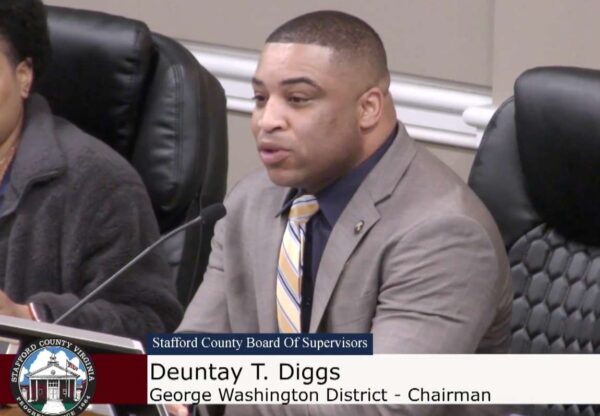A push by Councilmember Sonia Vasquez Luna to raise the business computer equipment tax rate met resistance Monday night, as the Manassas City Council instead chose to maintain the current rate of $2.15 per $100 of assessed value.
Vasquez Luna proposed aligning the computer equipment tax, data center tax, and personal property tax (vehicles) at a uniform $3.50 rate, saying it would offer consistency and potentially allow the city to reduce the tax burden on vehicle owners.











